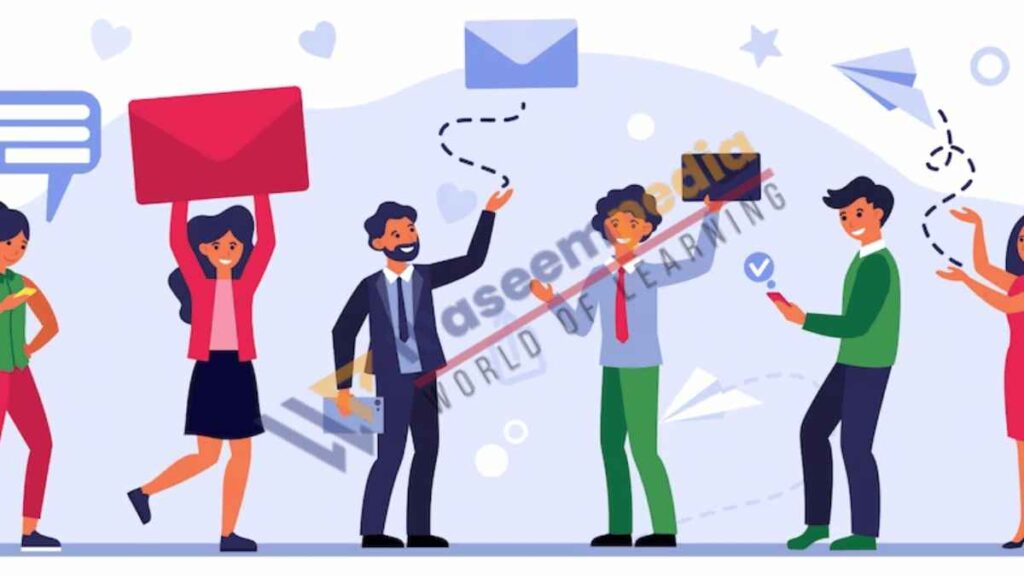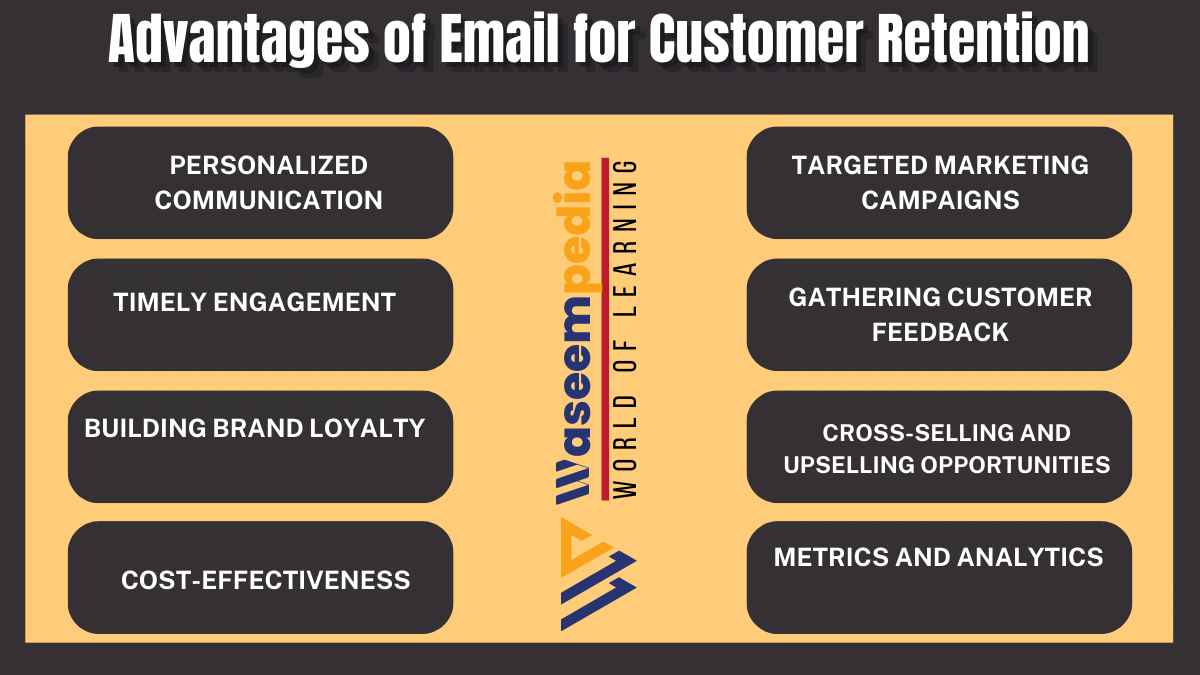Email is a powerful tool for customer retention in the business world. Its advantages, including personalized communication, targeted marketing campaigns, timely engagement, customer feedback gathering, brand reinforcement, cross-selling and up selling opportunities, cost-effectiveness, and performance measurement capabilities, make it an essential component of any customer retention strategy.
By leveraging the advantages of email, businesses can strengthen their relationships with existing customers, foster loyalty, and drive long-term success.
In today’s competitive business landscape, customer retention is crucial for sustainable growth and success. While there are various strategies to foster customer loyalty, email has emerged as a powerful tool for maintaining strong relationships with existing customers.
Leveraging email for customer retention offers numerous advantages, including personalized communication, targeted marketing, timely engagement, customer feedback, and brand reinforcement.
This article explores the advantages of using email for customer retention, highlighting its effectiveness in nurturing long-term customer relationships.
Customer retention is a critical aspect of business success, as it leads to increased customer lifetime value, repeat purchases, and positive word-of-mouth.

Email has proven to be an effective tool for fostering customer loyalty and strengthening existing relationships. By utilizing email for customer retention strategies, businesses can nurture long-term connections with their customers, leading to sustained growth and profitability.
8 Advantages of Email for Customer Retention
8 Advantages of Email for Customer Retention are as following:
1. Personalized Communication
Email helps businesses talk to their customers in a personal way. They can divide their customers into groups and create emails that fit each group’s interests, shopping history, or info about them. This makes the messages more interesting and shows that the business cares about what the customers like.
2. Targeted Marketing Campaigns
With emails, businesses can make special marketing plans for different customers. They look at what each customer likes and does, so they can send offers, promotions, or cool stuff that those customers will really like. This way, the customers are more likely to be happy and want to be part of it.
3. Timely Engagement and Customer Lifecycle Management
Businesses use emails to talk to customers at important times in their life as a customer. From the first time they buy something, to checking in after the purchase, and even trying to get them interested again, emails keep the connection going. This helps businesses keep customers happy and wanting to stay.
4. Gathering Customer Feedback
Email is a good way for businesses to get feedback from customers. They can send surveys or forms to know what customers think. This feedback helps businesses find ways to get better, fix problems, and make customers feel important.
5. Building Brand Loyalty and Reinforcement
Emails help businesses make customers love their brand even more. They send nice-looking emails that show what the brand is all about and what makes it special. By keeping customers updated and offering cool things, businesses can make the customers like and trust them more.
6. Cross-Selling and Upselling Opportunities
Businesses use emails to suggest other things customers might like. They look at what the customers have bought before and recommend similar or better products through emails. This way, customers discover new things they want, and it helps the business make more money too.
7. Cost-Effective Retention Strategy
Email is a smart and money-saving way for businesses to keep customers coming back. Instead of using expensive methods like mail or calls, emails reach lots of customers at once without spending too much. It’s a good deal for both the business and the customers.
8. Metrics and Analytics for Performance Measurement
With email tools, businesses can see how well their emails are doing. They can find out if people open the emails, click on links, or buy something. This helps them know what’s working and what needs improvement for future emails.

